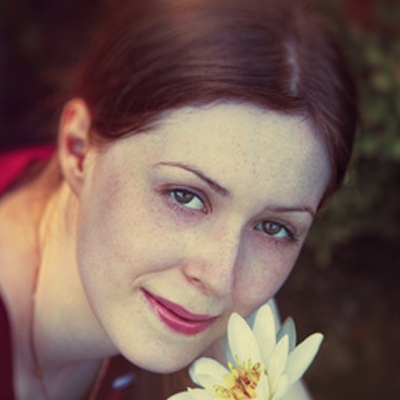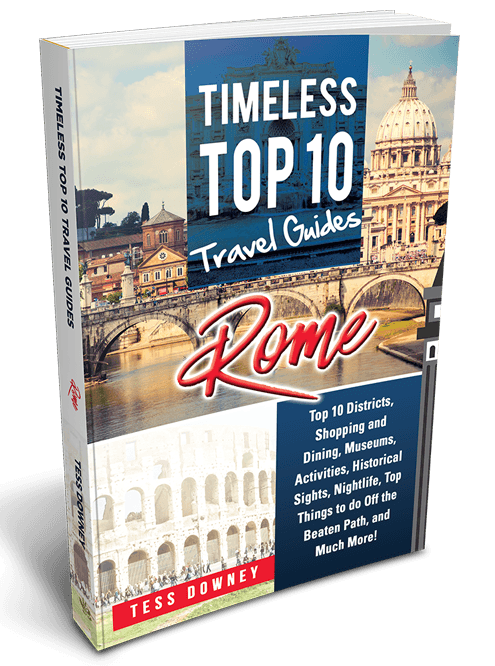Expat Mexico
Mexican Expat Immigration, Housing and Living Options, Work & Business, Family & Education, Retirement, Relocation Tips, Taxes & Banking, Essential Expat Guide and Much More!

244
PAGES
10
CHAPTERS
136+
SALES
OVERVIEW
List of chapters included in the book
Chapter 1
A Taste of Mexico
Chapter 2
Immigration
Chapter 3
Best Expat Districts in Mexico
Chapter 4
Housing and Estate Planning
Chapter 7
Family & Education in Mexico
Chapter 10
Preparing for Your Relocation in Mexico
Chapter 5
Utilities and Communication Services in Mexico
Chapter 8
Taxes & Banking in Mexico
Chapter 6
Work and Business in Mexico
Chapter 9
Healthcare in Mexico
READ IT IN ALL DEVICES
or in physical paperback


Mexico: An Expat’s Guide
Mexico is a country known not just for its bustling metropolis but also for its cactus – studded deserts, tropical rainforests, beaches and blue waters, naturally crafted terrains, volcanoes and canyons, and of course it’s flavorful nachos, tacos, and hard shot tequilas! Through its rich, vibrant, and colorful history, Mexico became one of the most popular countries in Latin America. Its Native American and Spanish heritage is what makes this country unique and full of life!
This book will provide you a wealth of knowledge about what you can expect in this beautiful country once you live here, how you can stay grounded, enjoy your time as an expatriate, and absorb the amazing Mexican culture so that you can have successful move to these vibrant country. Time to make the move amigo!
Mexican Expat Immigration, Housing and Living Options, Work & Business, Family & Education, Retirement, Relocation Tips, Taxes & Banking, Essential Expat Guide and Much More!
ABOUT THE AUTHOR
“I look at that suitcase today,” she says, “and it’s not even as big as a laptop case, but I managed to cram it with toys and books — things I thought were too essential to leave at home. I learned to pack almost before I learned to walk!”

Downey writes about travel as the ultimate educational experience. Her books offer her readers more than just packing trips and booking advice. “To really get the most out of going some place new, you need to learn before you go, learn while you are there, and learn when you get back.”
“One of my favorite travel writers is Tim Cahill,” Downey says. “His book ‘Pecked to Death by Ducks’ is just classic. He goes out to these dismal, remote, exotic places, sees amazing things, and then laughs at all the outrageous stuff that happens. That’s the attitude we all should take on the road with us! Laugh it off and just get into the experience.”
Good-humored, practical,and insightful, Downey’s travel books offer useful information in an easily accessible format. “I want readers to come away from one of my books thinking about where they want to go next and actually planning how to get there,” Downey says. “It’s great to dream about travel, but it’s even better when you make it happen!”
Tess Downey
WHAT READERS SAY
✭✭✭✭✭
An informative read!
Love it! Covers everything I wanted to know for now!
– Amazon Customer
OTHER BOOKS

Bangkok Travel
Bangkok. Top 10 Bangkok Districts, Shopping and Dining, Museums, Activities, Historical Sights, Nightlife, Top Things to do Off the Beaten Path, and Much More!

Paris Travel
Paris. Paris’ Top 10 Hotel Districts, Shopping and Dining, Museums, Activities, Historical Sights, Nightlife, Top Things to do Off the Beaten Path, and Much More!

Rome Travel
Rome. Top 10 Districts, Shopping and Dining, Museums, Activities, Historical Sights, Nightlife, Top Things to do Off the Beaten Path, and Much More!
COMING SOON!
Available Soon
Expat Germany
If you’re thinking about relocating to Germany, you should prepare yourself for lots of fantastic experiences! From great dining and shopping places to the good times at various bars and night clubs, Germany will surely make you feel alive! The tragic past of the nation will make you feel as if you’re part of history, and the future drive of the country will let you celebrate and be hopeful for what’s to come. Often dubbed as the capital of Europe, Germany is definitely a country that any potential expat like you should consider. Start anew and thirst your wanderlust as you socialize with the locals, visit famous sites, and discover hidden treasures of the country. This book will provide you with plenty of information about how to settle in Germany as an expat.
German Expat Immigration, Housing and Living Options, Work & Business, Education, Marriage, Retirement, Taxes & Banking, Health Care, and Much More!

“Mexico: An Expat’s Guide”
